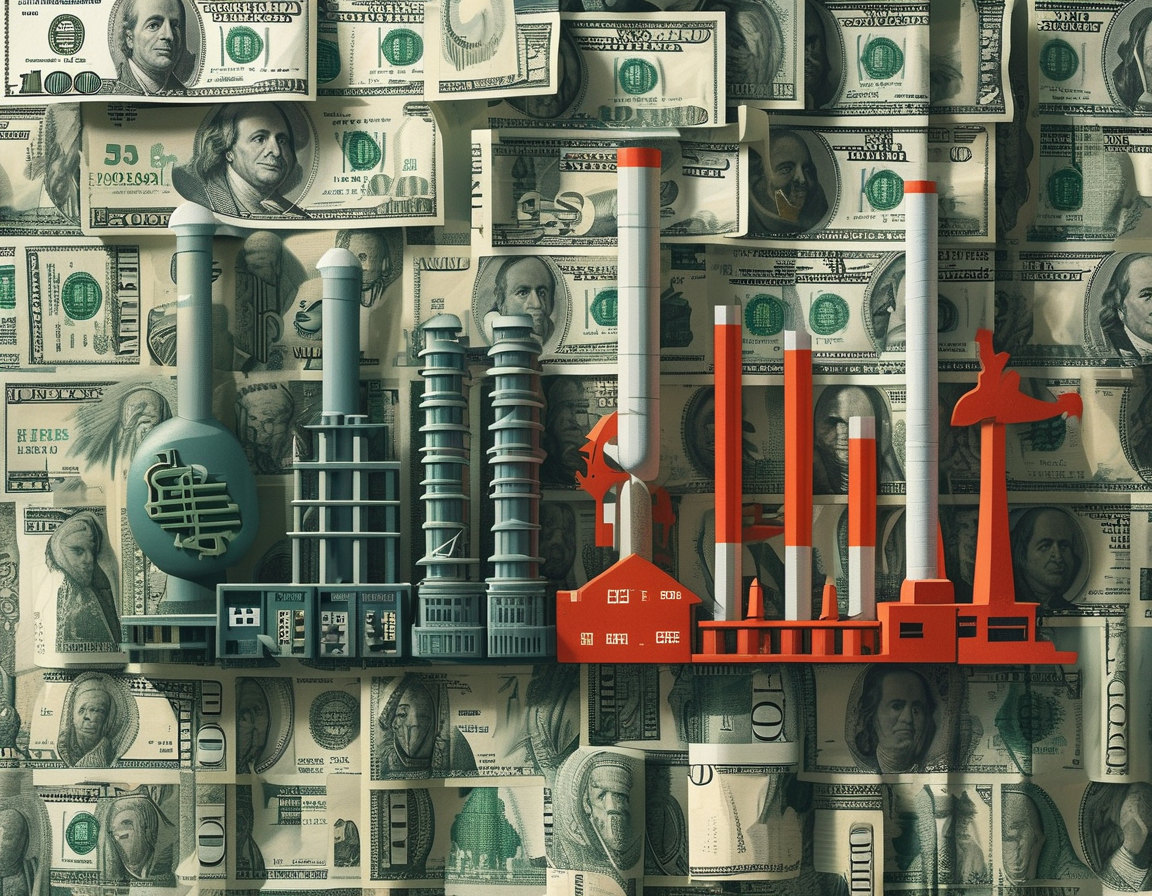
Do you feel uncertain about the future of the American economy? Are you worried that the actions of politicians affect your job and financial stability? Then, you’re not alone. The recent surge in tariffs imposed by President Trump raises pressing questions about our economic landscape and what lies ahead.
Trump’s decision to implement tariffs of at least 10% has stirred fears and hopes alike. These tariffs, seen as a protective measure, are reminiscent of a bygone era. They signal a retreat from globalization, a system that has, for decades, fueled American growth. As we reflect on these changes, it’s crucial to consider the broader implications on both jobs and prices.
What happens when the world’s largest economy turns its back on free trade? In a shocking twist, these tariffs echo a time before the federal income tax was established. It harkens back to early 20th-century economic approaches that many believed were left behind. Is the U.S. regressing in its economic policies?
The concept of comparative advantage has long shaped trade discussions. It echoes the sentiments of 19th-century economist David Ricardo. Each nation, with its unique resources and skills, benefits from trading what it does best. But Trump’s rhetoric on unfair trade challenges this foundational principle. Is America ready to abandon decades of economic theory for a new, uncertain path?
Reciprocal tariffs promise to neutralize perceived trade imbalances. Yet, a closer look reveals that these tariffs may not accurately reflect realities. It seems the administration views trade surpluses as a form of cheating. This perspective overlooks the complexities behind global commerce. How will America’s policies affect its standing in an interdependent world?
The backdrop of the ‘China shock’ looms large over this discussion. As China gained access to U.S. markets in 2001, shifts in manufacturing jobs became apparent. American consumers gained cheaper goods, but industries in the U.S. suffered. The result? A devastating loss of jobs, particularly in manufacturing. Can we reclaim these lost opportunities while keeping prices in check?
Furthermore, the allure of reshoring jobs draws a mixed response. On one hand, communities celebrate the potential for job returns. On the other, there’s the reality of mixed progress in our complex economy. Will the Rust Belt truly see a revival of manufacturing, or is this just another political promise?
This trade war starts to feel like a social media conflict, impacting not just supply chains but also brand reputations. Can large U.S. companies adapt to these stringent tariffs without alienating global consumers? As businesses scramble to respond, the repercussions of these policies become ever clearer. Are we braced for the potential fallout?
Lastly, the risk of inflation and recession looms larger. As Wall Street assesses the damage, concern grows over the economy’s health. Is the move to impose tariffs worth the anticipated costs? Moving forward, America has a choice to make: embrace a protective stance or reassess its role in the global trading system.
As we navigate uncharted economic waters, the way we address these challenges will be key. Whether tariffs will empower or hinder American prosperity remains to be seen. It’s time for us to consider our roles in this evolving story and engage in discussions about the future of our economic policies.
Leave a Comment